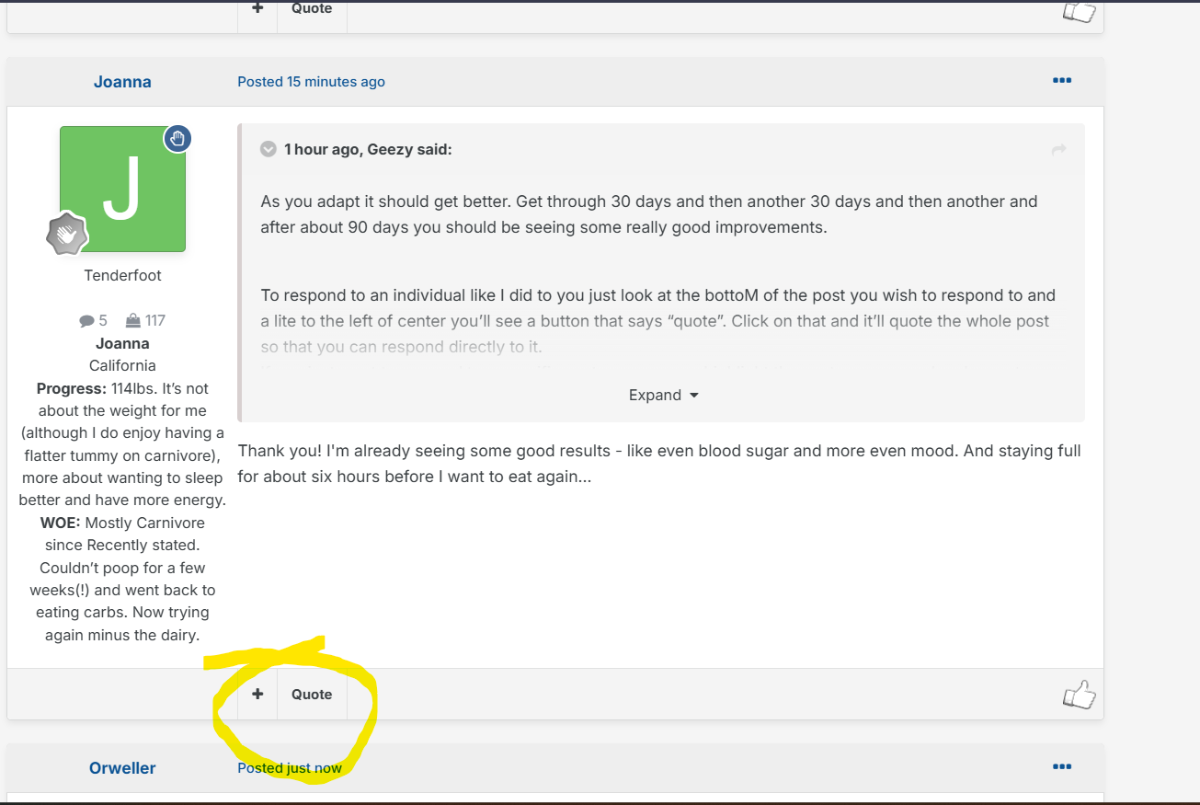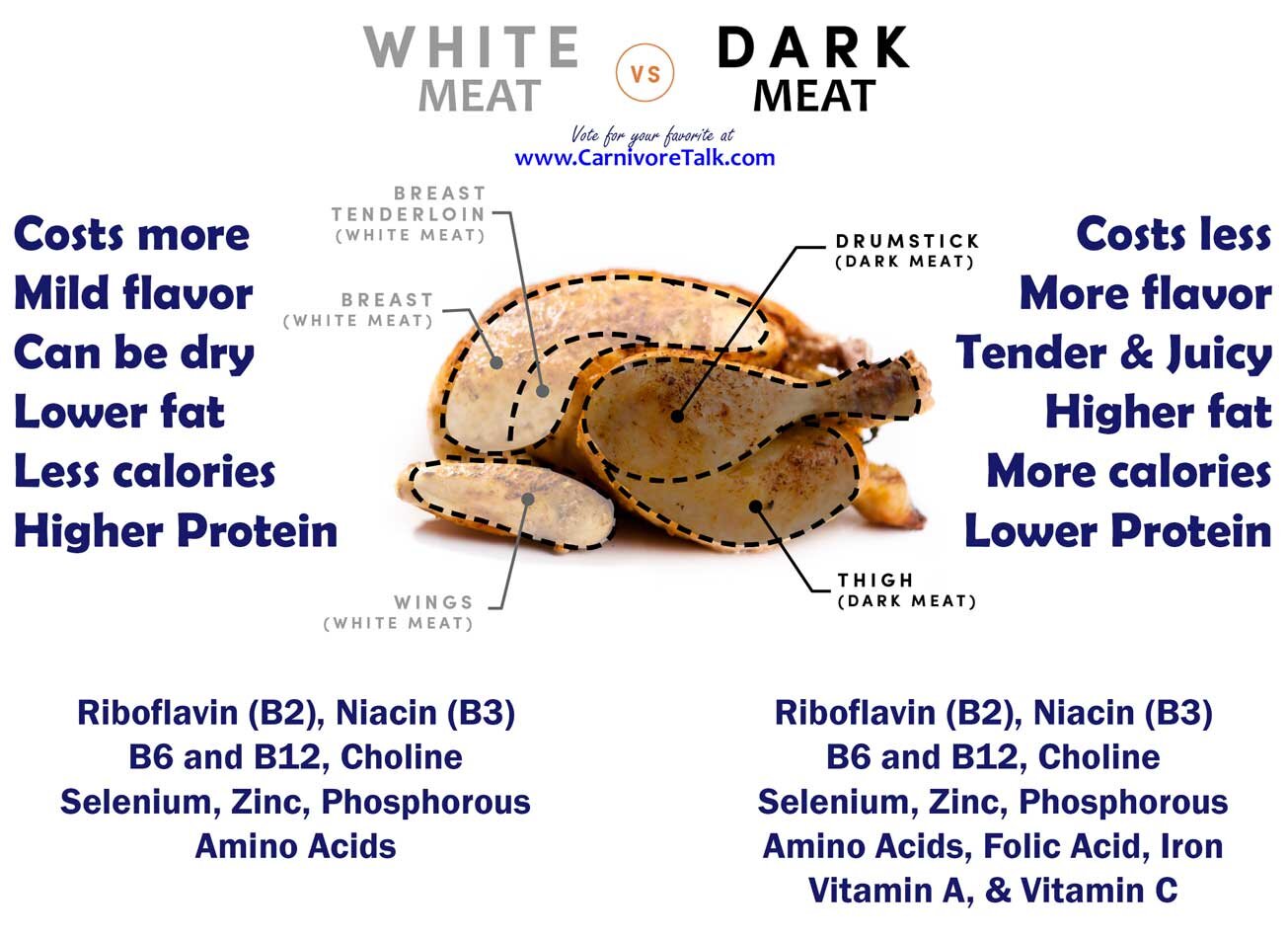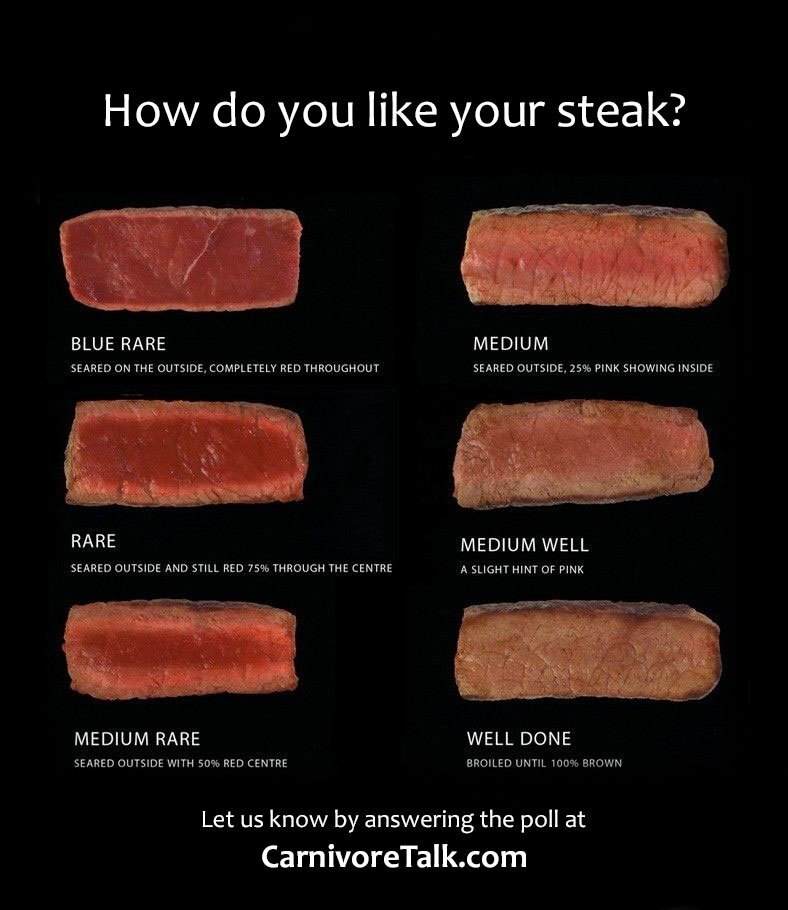Today is the first day of January and is also the first day of World Carnivore Month. To that end, let's challenge ourselves to eat a carnivore diet for the entire month of January. The type of carnivore diet and the level of strictness you choose to do is entirely up to you. Examples of carnivore diets include the following...
1) The Lion Diet. A person eating the Lion Diet only consumes the flesh of ruminant animals, water, and salt.
2) The BBBE Diet. BBBE is an acronym for Beef, Butter, Bacon, and Eggs.
3) The Carnivore Diet. This allows for the consumption of any and all animals and animal by-products, including dairy.
In any of the above examples, the object of course is to not consume any plants as part of your diet. Of course, we're not going to micromanage hoe you prepare your food, so your use of seasonings is entirely your own personal choice.
IF your circumstances don't allow you to go full on carnivore in January, then you can participate in this topic by challenge yourself to do better, above and beyond what you have been doing. For example, if you have still been eating grains, seed oils, refined sugar, or drinking alcohol, challenge yourself to avoid these items and just eat a clean, single ingredient whole foods diet such as clean keto, ketovore, or animal based.
We encourage you to check in daily, and share what you have eaten, perhaps a weigh-in if you're willing, and enjoy in some small talk. Participants in this topic will be entered into a drawing for a prize at the end of the month.








comment_1040View File
The Fat of the Land (PDF) - Vilhjalmur Stefansson
This book is essential reading for anyone who wishes to eat an all-meat diet or wants to learn more about the health benefits of a low-carbohydrate diet of meat and fish.
Arctic explorer and anthropologist Vilhjálmur Stefánsson spent years living with indigenous Inuit and Eskimo people. He noted their general healthiness (and good teeth), and an absence of many of the diseases that plagued western cultures, such as scurvy, heart disease, and diabetes. Observing their dietary habits, he determined that their primary food was meat, both lean and fatty, and that their diets were very low in sugary or starchy carbohydrates. Was this meaty diet the key to their good health?
The book chronicles a 1928 scientific experiment, conducted by the Russell Sage Institute of Pathology at Bellevue Hospital in New York, in which Stefansson and his colleague Dr. Karsten Andersen ate a meat-only diet for one year. The two men stayed healthy and fared very well, leading him to claim that we should reexamine our notion of what foods constitute a healthy diet.
Later chapters promote the benefits of pemmican, a compact, portable, and high-energy food consisting of a concentrated mix of fat and protein made from dried lean bison meat, sometimes mixed with berries. Pemmican is like the original energy bar, and Stefansson spent considerable time and energy urging the military to adopt it for emergency rations.
Subscribe to Carnivore Talk on YouTube | Be our guest on the channel | Leave me a voicemail, yo!